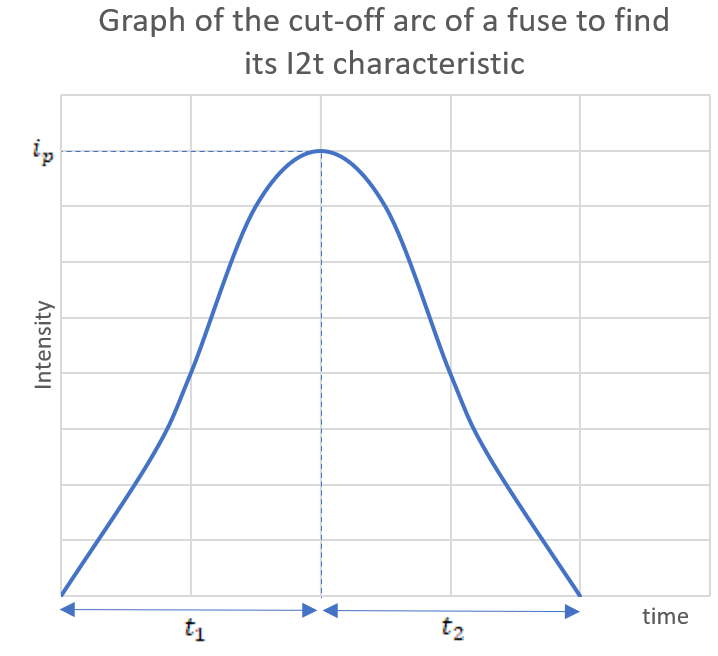Fuses conduct the current through a calibrated fuse element. A fuse protects the rest of the circuit against overcurrents. Overcurrents can occur in the event of a power supply problem or short circuit due to component failure, incorrect operation or environmental problems (flood, fire, etc.). The fuse is present in any electrical circuit and, in addition to protecting it, protects its users.
Rated current is the maximum capacity to carry direct current without causing damage to materials.
Nominal voltage of the fuse must be higher than the circuit voltage to stop an electric arc when the fuse element melts.
Fast fuses work quickly in case of overcurrent. Due to its lack of thermal inertia, it does not accept a current spike.
Time-delay fuses accept an instantaneous overload which can be, for example, 10 times that of the rated current for half a period of an alternating current. It cuts out quickly in the event of prolonged overcurrent. It protects the circuit while accepting temporary current spikes during a single stage of circuit operation.
Cut-off arc: When a circuit with a high current flows is cut off, an electric arc may form in the fuse. The fuse must be designed to stop this arc.
Pre-arc or melting time: The time between when the current is sufficient to melt the fuse element and when an arc begins to form.
Calculation of I²t: I²t is a characteristic of the fuse expressed in A².s. It is a quantity proportional to the energy absorbed by the fuse. This characteristic can be found by plotting the current during the arcing of the fuse such as :

The formula for calculating the I²t characteristic of the fuse is then :

Breaking capacity: maximum possible current at rated voltage, which the fuse can safely interrupt.
Endurance: test cycles of calibrated overcurrents provided for by the standards.
Electrical torque: measurement varying according to the nature of the metals and the tightening torque between the fuse elements and its support.
Fuse resistance: the voltage drop across the fuse is often negligible. However, we can modify this characteristic at the customer’s request.
Rms current is equal to the value of the direct current which, by passing through a resistor, produces an increase in heat equal to that produced by the periodic current.
Arcing time: time elapsed between the moment of melting of the fusible element and the moment when the current is interrupted.
